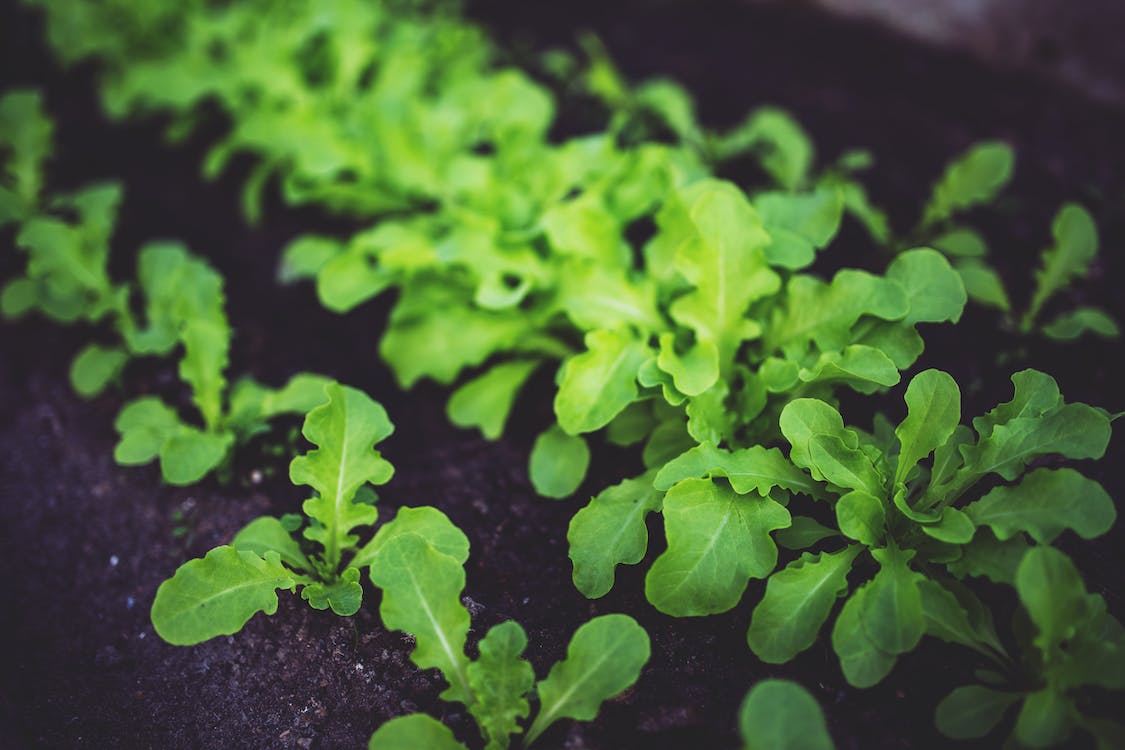Even though not everyone has heard about it, urban agriculture is practiced by over 800 million people in the world, according to data from the UN Food and Agriculture Organization. That is in no way a small number as it accounts for over 10% of the global population. So, what is urban agriculture and how does it work? Keep on reading to learn more about all the benefits of this practice.
What is urban agriculture?
Firstly, we have to understand what urban agriculture is. Also known as urban farming and urban gardening, this is the practice of growing plants, raising animals, and generally producing and distributing food in urban areas. While these activities have usually been associated with rural environments, the fact that the majority of people are choosing to live in cities has made a big shift in this practice. With the state of the world, more and more individuals are looking for ways to be sustainable, and adapting the current farming techniques to their way of living is their contribution to helping save the environment.
What benefits does urban agriculture have?
So, what are the benefits of urban agriculture for the environment? Well, you are probably aware of the environmental challenges the planet is facing. From excessive carbon emissions and high levels of air pollution to the need for substantial rainfall absorption and the urban heat island effect, many of these issues are further aggravated by the concentration of people in the cities.
If an urban farm is operated sustainably, it has many benefits for the environment such as reducing the energy and water footprint. Moreover, they can turn a wasteland into a productive space as well as save space by using vertical farms. However, it is important to note that not all urban farms are sustainable, especially those that extensively use artificial lights and municipal water supplies. Some can even pose a health and safety risk.
In today’s food science industry, urban agriculture creates a positive social impact as it helps food scientists and agriculturists provide people with nutritious and easily available food at a cheap price, plus it creates more job opportunities. This is also connected to the economy, seeing as how many new businesses can sprout that will either hire local people or work with local shops and restaurants to provide them with fresh ingredients.
What architecture solutions are required?
Obviously, an urban farm will not look the same when you’re growing strawberries or tomatoes compared to raising rabbits or chickens. Seeing as how there are so many options when choosing what to grow and raise, it’s only normal that there are many varying architectural solutions when it comes to urban farms.
There are already many farms around New York, such as the rooftop example at Brooklyn Grange Rooftop Farm. Canada has Lufa Farms, while the world’s largest urban farm opened in Paris recently. However, the good news is that these large-scale projects are not the only type available. In addition to rooftop farms and gardens, there are also the ground-based outdoor ones. Then, there is aquaponic and hydroponic indoor production as well as urban livestock and landscaping and nursery businesses. From single and multi-family homes, residential and institutional buildings to schools, restaurants, and greenhouses, the options are numerous. Different existing structures can incorporate agricultural technologies and thus be adapted with the purpose of being used for urban farming.
How could these solutions reshape city architecture?
Bearing in mind that there are many different approaches to urban agriculture, from small DIY projects to huge company/government undertakings, the impact it can have on city architecture varies. If designed and constructed improperly, they can have a detrimental impact on the city. For instance, if waste removal is not managed properly, the city could become dirty, cluttered, and unlivable.
On the other hand, if the design is well-thought-out and the execution accurate, cities will get to enjoy plenty of greenery and fresh air. It all might seem a bit futuristic, but the symbiosis between nature and humans is the core objective. Take for example Denmark – there are plans to turn a vacant lot in Copenhagen into a space that will provide homeless people with temporary accommodation while serving as an urban garden at the same time.
As you can see, if done properly, urban agriculture can have many benefits for the environment. While the cities might look a bit different and more futuristic with these new adoptions, many people will welcome the change as it will not only provide us with cleaner air but with fresh, healthy food as well. Discover how NYC’s rooftop farms are redefining urban green spaces and contributing to a sustainable future.

